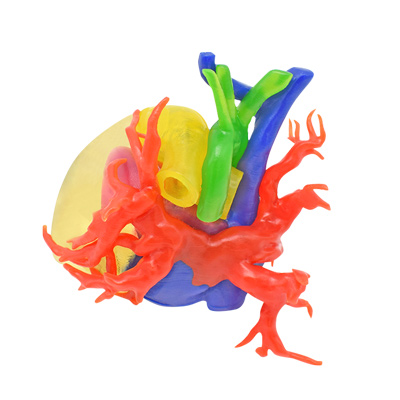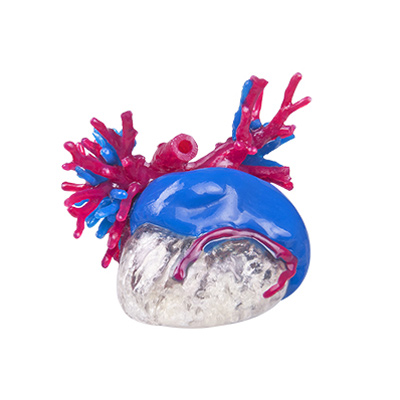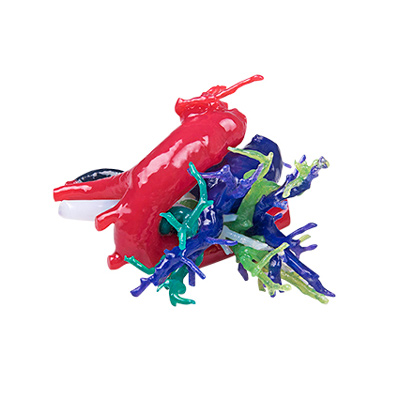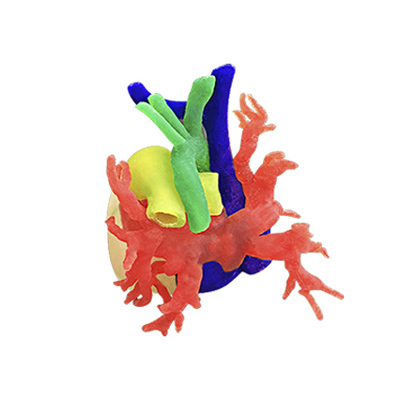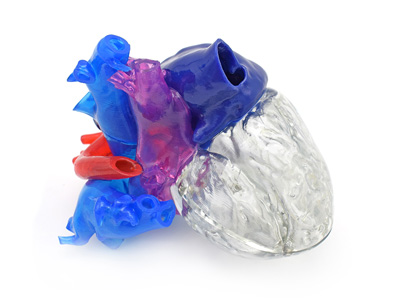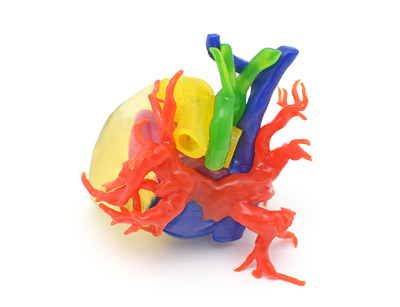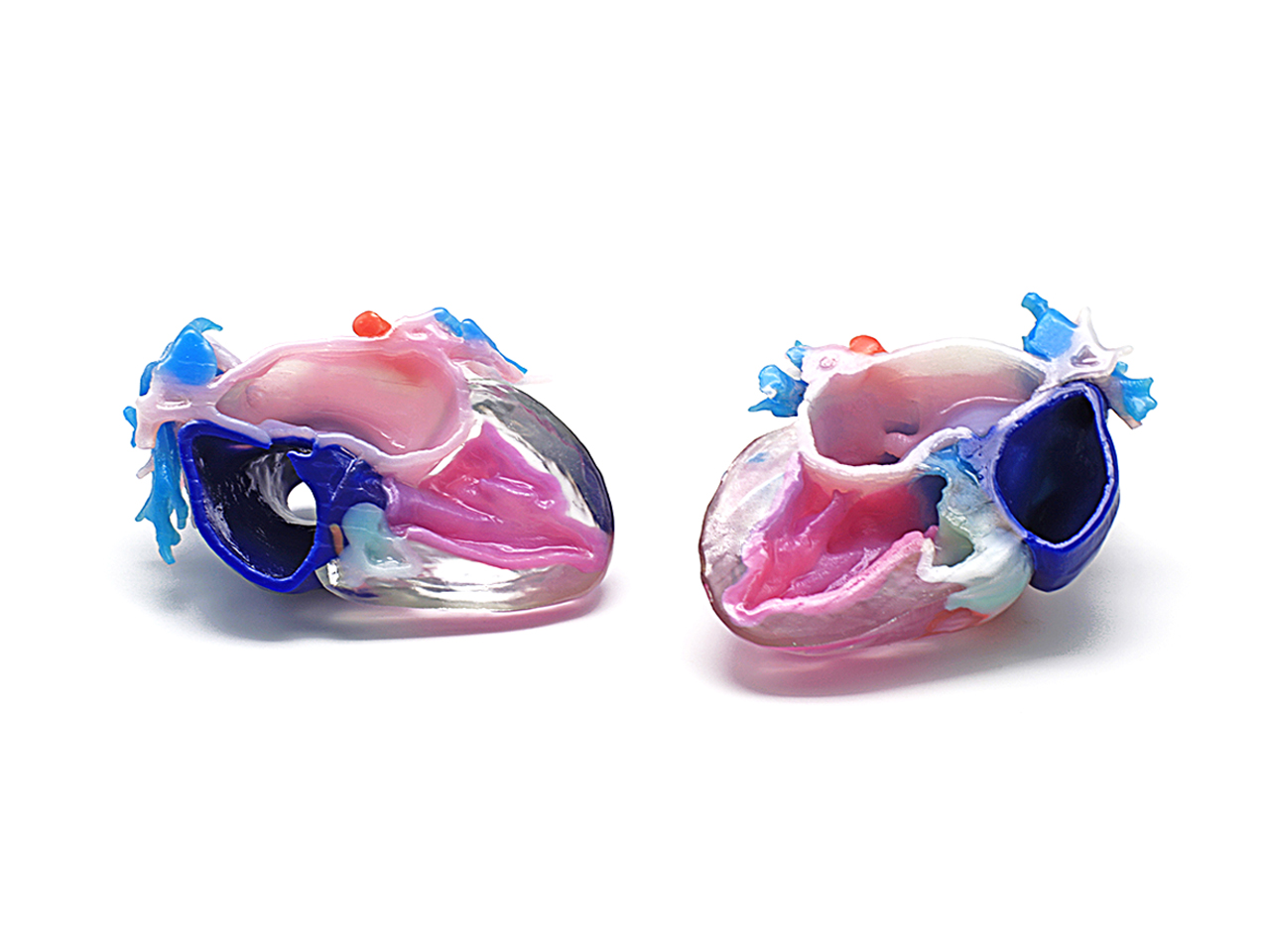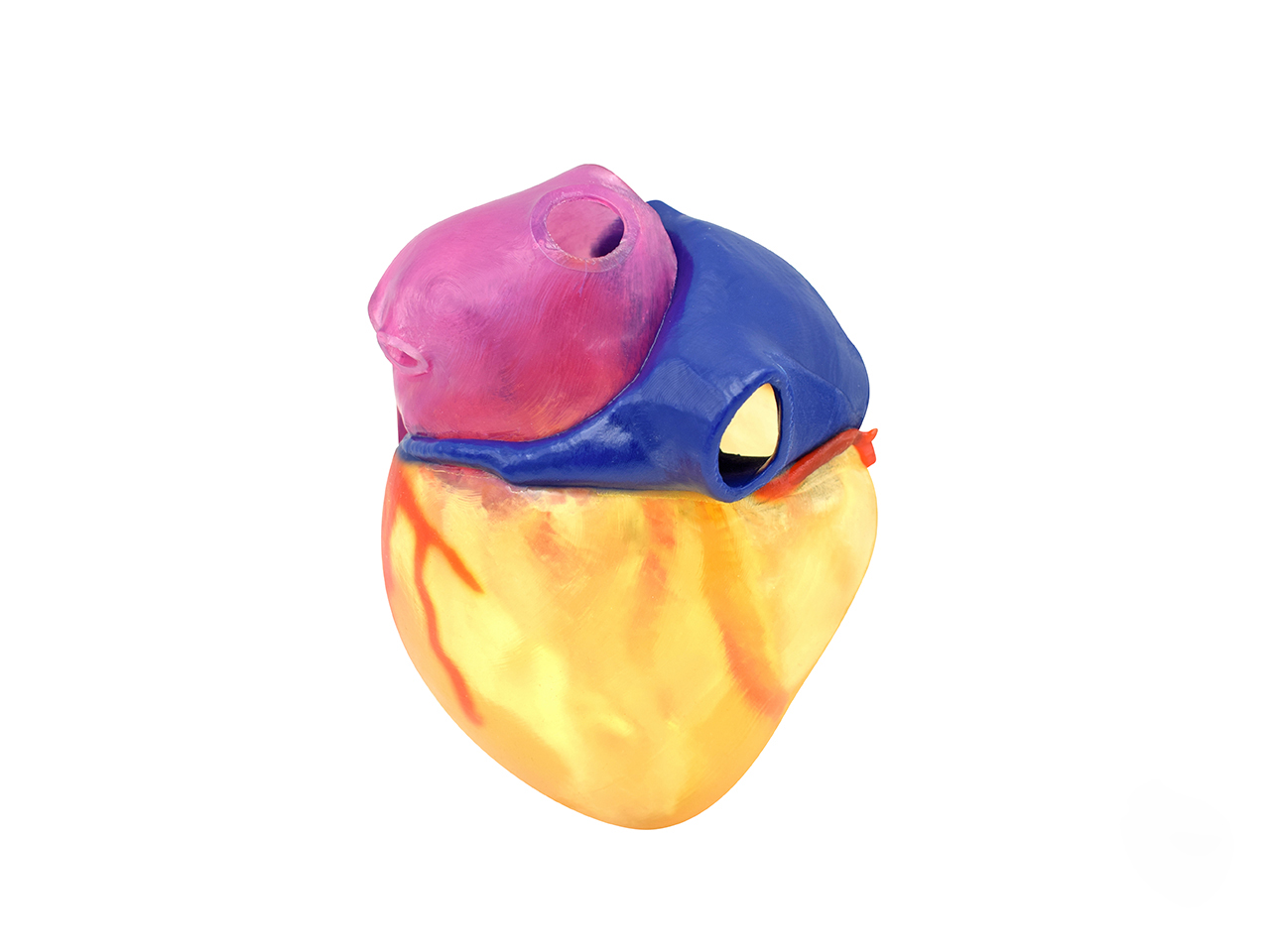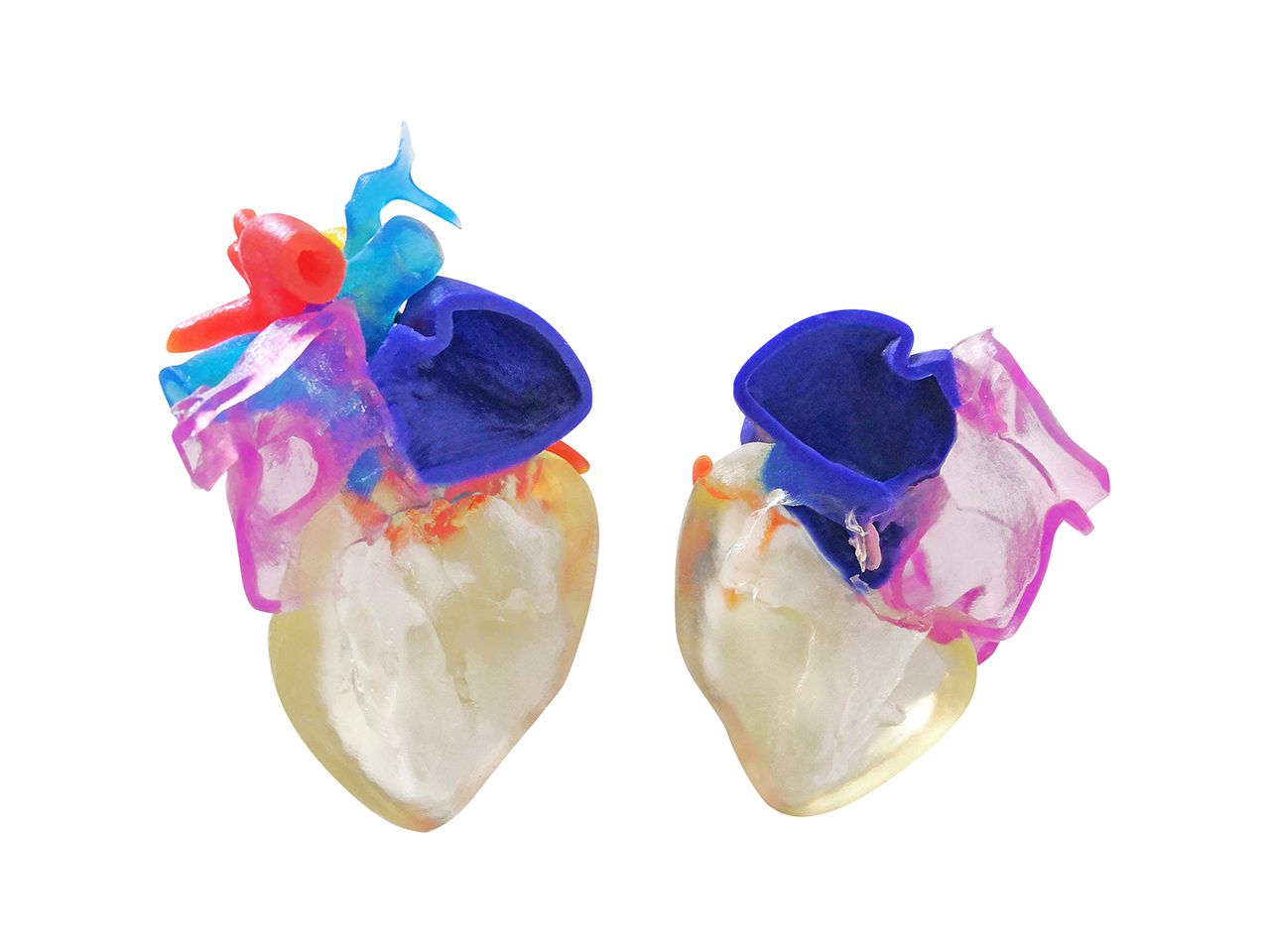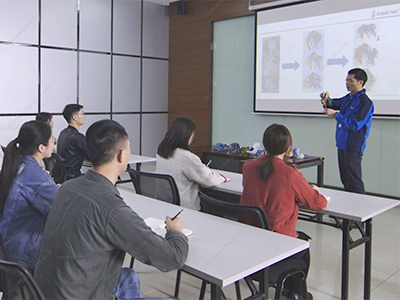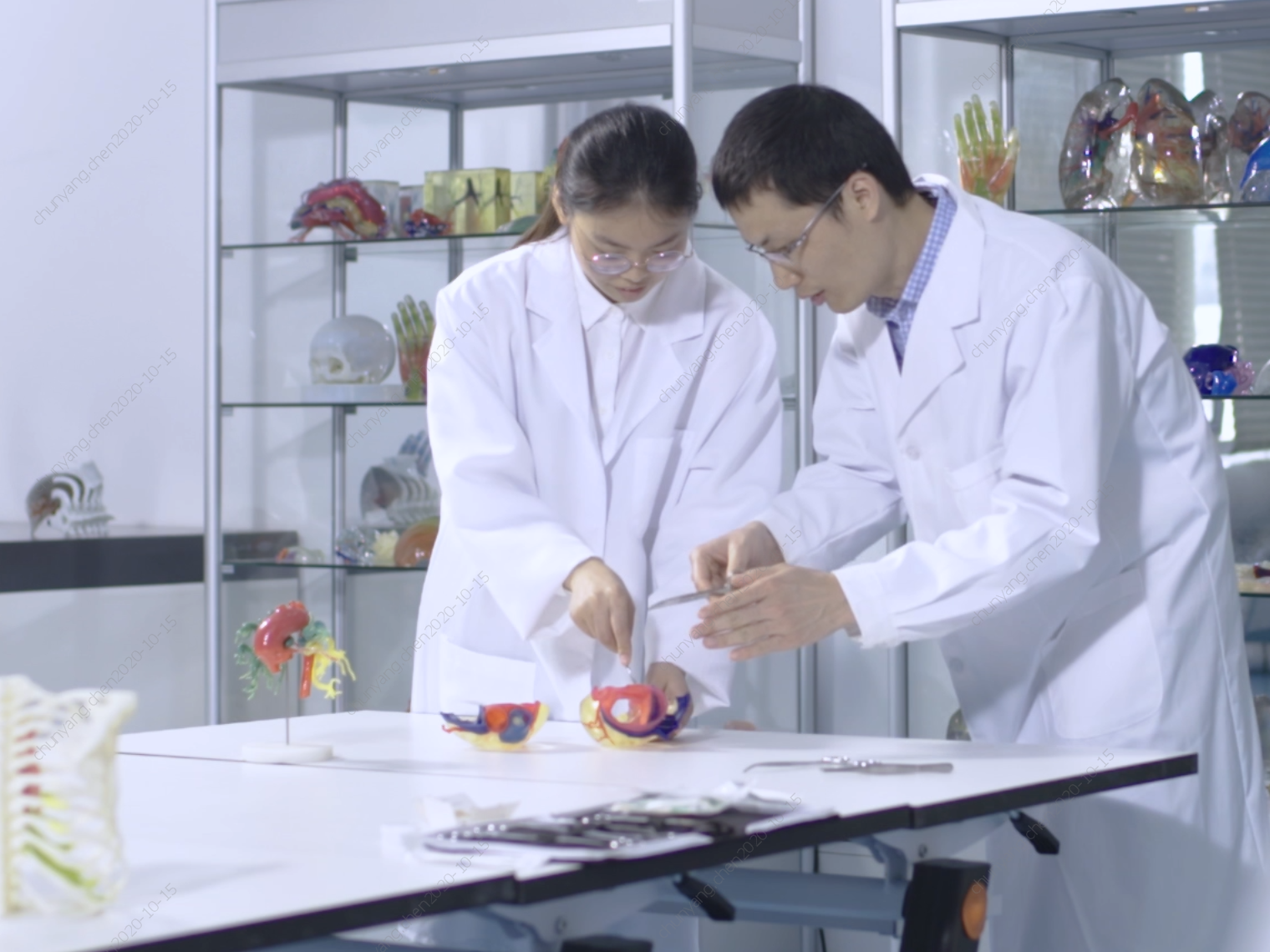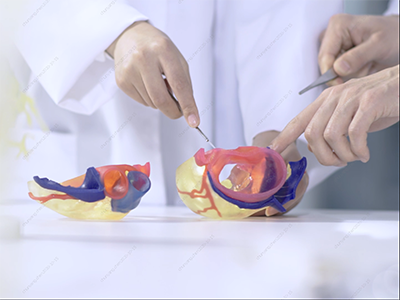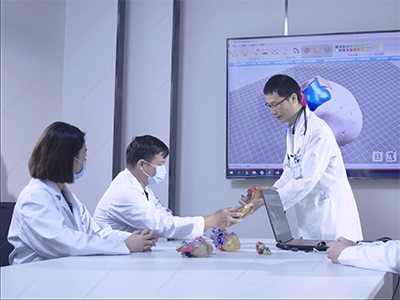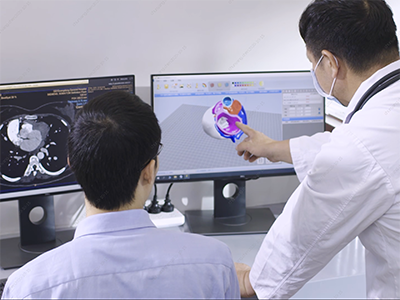Privacy Policy
Zhuhai Senna 3D Technology Co., LTD. (" We ") understands the importance of your privacy and is committed to protecting your privacy. We will inform you through this Privacy Policy (" Policy ") how this website collects and processes your personal data and information.
Please note that this policy applies to all information and data submitted to this website (including personal information, "Personal information" means all kinds of information recorded electronically or otherwise relating to an identified or identifiable individual). Before you begin to browse our website and accept our services, please be sure to carefully read and understand this policy, in particular, you should focus on reading our terms in bold to ensure that you fully understand and agree before you start to use.
This policy mainly explains to you:
1.How does this website collect and use your personal information
2. How does this website store your personal information
3.How does this website protect your personal information
4. How does this website handle minors' personal information
5. How does this website protect your right to access information
6. How does this website correct your personal information
7. How does this website delete the personal information collected
8. How does this website share, transfer and publicly disclose your personal information
9. How does this website process information across borders
10.Links to other websites
11. More information
12. Policy modification
一、How does this website collect and use your personal information
We collect your information in accordance with the legal principles of legality, propriety, necessity and good faith. We will clearly inform you of the information we collect through the website and its use.
1. Depending on the service you choose, we will collect the following information through this website:
1) Consulting quotation (name, name of the company you represent, industry and country/region, email, mobile phone number);
2) Online message (name, company name, mobile phone number, email)
3) Complaints and suggestions (name, name of the company you represent, mobile phone number);
2. We use your information for the following purposes:
1) Respond to your inquiry and provide you with our quotation information to achieve your service request;
2) Contact you to solve the problem;
3) Communicate with you to improve our products, services and solutions based on your complaints and suggestions;
If you refuse to provide the above information, it will not affect your continued browsing of this website. However, in some cases, if we do not have access to your relevant information, we will not be able to provide you with the corresponding professional services, or will not be able to respond to your requests in a timely manner. Without your consent, we will not use your personal information and data for any purpose other than those described.
It is important to note that the above usage methods cover the main ways we use your information. From time to time, we may update our website pages to provide users with more diversified services. When we want to use the information for other purposes not specified in this Agreement, or if we want to use the information collected for a specific purpose for other purposes, we will ask for your consent again in the form of signing an agreement, pop-up prompts, etc.
二、How this website stores your personal information:
1. Storage location
The personal information you submit through this website will be automatically stored in the server of the website provider. According to the requirements of the contract signed between us and the website supplier, our website supplier must protect the security of all kinds of personal information received by it in accordance with the law, and must not process your personal information beyond the purposes agreed on on this website.
2. Storage time
We will only retain your personal information for as long as we provide you with the relevant services. For personal information that exceeds the deadline, we will delete it. How this website stores your personal information:
1. Storage location
The personal information you submit through this website will be automatically stored in the server of the website provider. According to the requirements of the contract signed between us and the website supplier, our website supplier must protect the security of all kinds of personal information received by it in accordance with the law, and must not process your personal information beyond the purposes agreed on on this website.
2. Storage time
We will only retain your personal information for as long as we provide you with the relevant services. For personal information that exceeds the deadline, we will delete it.
三:How does this website protect your personal information
In order to protect your personal information from unauthorized access, abuse, disclosure or alteration, this website will use reasonable and appropriate technical means such as encryption procedures to ensure the security of the information collected and processed by this website. However, please note that while we take reasonable steps to protect your information, no website, network communication, computer system or wireless connection is completely secure.
四:How does this website handle minors' personal information
1. Without the consent of a parent or legal guardian, the Website will not knowingly collect information from individuals under the age of 14 (or the equivalent of the minimum age specified in the relevant jurisdiction), and the website is not aimed at minors under the age of 14 (or the equivalent of the minimum age specified in the relevant jurisdiction);
2. If you are a minor under the age of 14, do not provide any personal information through this website;
3. If this website receives personal information submitted by minors under the age of 14 through this product, we will take immediate measures to delete the information.
五:How does this website protect your right to access information
Unless otherwise provided by law, as a browsing user of this website, you have the right to obtain your personal information in the following ways.
1. You can send an application to us by sending an email to marketing@sailner.com. After verifying your identity, we will reply to your application in a reasonable time according to the difficulty of the information you have accessed and the industry practice of information query.
2. In principle, there is no need to pay any fee for your application to inquire your personal information, but for more than three repeated inquiry requests within a month, we will charge a certain cost according to the circumstances.
六:How does this website correct your personal information
When you find that there is an error in the personal information you have submitted, you have the right to request that we make a correction in the following ways:
1. You can open the corresponding module of this page and re-submit your correct information;
2. You can submit a correction request to us by emailing (marketing@sailner.com). We will respond to your request for correction within 5 working days.
七:How does this website delete the personal information collected
You can request that we delete your personal information by sending an email to marketing@sailner.com if:
· If you do not need us to provide any of the professional services you have chosen
· If you believe that our processing of your personal information violates relevant laws and regulations;
· If you believe that we process your information without your consent;
· If we process your personal information in violation of our agreement with you;
After receiving your email to delete your personal information, we will undertake to act on your request within 5 working days. At the same time, when we receive your application to delete personal information, we and the website provider will stop processing your personal information at the same time, and you do not need to make separate notifications to stop processing information.
八.How does this website share, transfer and publicly disclose your personal information
1. We will keep the personal information you provide confidential and strictly keep it in accordance with the relevant laws and regulations of the People's Republic of China, and will not provide or display such information to any third party in any way, except in the following circumstances:
(1) Obtain your express consent or authorization in advance;
(2) When the judicial or administrative authorities require this website to disclose personal information in accordance with legal procedures and statutory powers, we will provide relevant information in accordance with the law. This website is exempt from any disclosure under such circumstances;
(3) The website shall be exempt from any disclosure, loss, theft or tampering of personal data caused by force majeure events affecting the normal operation of the website, such as hacker attacks, computer virus intrusion or outbreak, or temporary shutdown caused by government regulation;
(4) This website is not responsible for any leakage, loss, theft or alteration of personal information of any other website linked to this website.
2. Unless expressly stated otherwise, we do not entrust third party companies, organizations or individuals to process your personal information.
3. We will not transfer your personal information to any company, organization or individual except in the following circumstances:
(1) Obtaining your express consent in advance;
(2) It must be transferred to other countries according to the provisions of laws and regulations, or the compulsory requirements of the competent government departments and judicial organs;
(3) Involving company merger, division, dissolution, asset or business transfer, bankruptcy liquidation or similar transactions, if it involves the transfer of your personal information, we will require the new company, organization or individual holding your personal information to continue to be bound by this policy, otherwise we will require such company, organization or individual to re-obtain your authorization consent.
4. We will not publicly disclose your personal information except in the following circumstances:
(1) Obtaining your express consent in advance;
(2) Public disclosure is required by laws and regulations, or by the compulsory requirements of competent government departments and judicial organs. Under the premise of complying with laws and regulations, when we receive a request for disclosure of information above, we will require the issuance of corresponding legal documents, such as subpoenas or investigation letters. All requests are carefully reviewed to ensure they have a legitimate basis and are limited to data that law enforcement has a legitimate right to obtain for specific investigative purposes.
Before providing your personal information to other entities, we will clearly inform you of the name or name of the recipient, contact information, processing purposes, processing methods and types of personal information, and obtain individual consent.
九、How does this website process information across borders
We store your personal information collected in China in accordance with laws and regulations in the People's Republic of China. Currently, we do not use, store, share and disclose your personal information in cross-border business, or transfer your personal information overseas. If the content of the service changes later, we need to transfer your personal information across the border, we will obtain your consent and meet the laws, administrative regulations or other conditions stipulated by the national network information department before cross-border transfer.
十、Links to other websites
Some pages on this site may contain links to third party web pages, and we do not endorse and do not control the privacy practices or content of those web pages. We recommend that you carefully read the privacy policy of each third party web page you visit, and we are not responsible for any consequences caused by your use of such web services.
十一、More information
If you have any questions or comments about this policy, you can contact us through the following ways
E-mail: marketing@sailner.com
Mailing Address: Zhuhai Senna 3D Technology Co., LTD. No. 3883 Zhuhai Avenue, Xiangzhou District, Zhuhai City, Guangdong Province, China
十二、Policy modification
We may revise this policy at any time. The updated version and the date of the revision will be posted on our website https://www.sailner.com. We will not limit your rights under this Privacy Policy without your consent. We also provide more prominent notice for significant changes.
Any revisions to this policy will only be effective from the date the revisions are issued.
